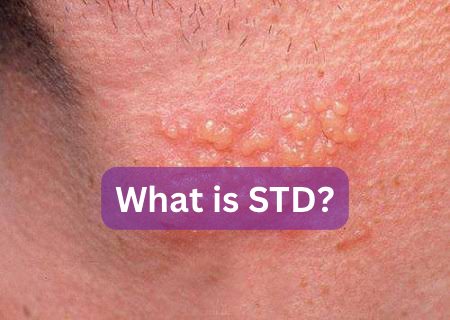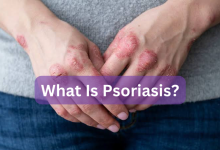Understanding STD: What Is STD?

S*xually transmitted diseases (STDs) are infections that are transmitted through s*xual contact. They are also known as s*xually transmitted infections (STIs), and there are many different types of them, including chlamydia, gonorrhea, herpes, human papillomavirus (HPV), syphilis, and HIV. These infections can affect both men and women, and they can have serious consequences if left untreated.
STDs are spread through s*xual contact, which includes vaginal, anal, and oral s*x. They can also be spread through skin-to-skin contact with an infected area, such as genital warts. In some cases, STDs can be passed from mother to child during childbirth.
Symptoms
The symptoms of STDs vary depending on the type of infection. Some people may experience no symptoms at all, while others may have painful sores, discharge, or other symptoms. It is important to note that even if someone does not experience any symptoms, they can still pass the infection on to their s*xual partner.
Effects
Untreated STDs can lead to serious health complications. For example, chlamydia and gonorrhea can cause pelvic inflammatory disease (PID) in women, which can lead to infertility. HPV can cause genital warts and is linked to several types of cancer, including cervical cancer. Syphilis can lead to brain damage, paralysis, and even death if left untreated. HIV attacks the immune system and can lead to acquired immunodeficiency syndrome (AIDS).
STDs can be diagnosed through a physical exam, blood test, urine test, or swab of the infected area. It is important to note that not all STDs can be detected through a blood test, so a healthcare provider may need to perform additional tests to determine the presence of an infection.
Treatment
Treatment for STDs varies depending on the type of infection, but may include antibiotics, antiviral medications, or other medications. It is important to complete the full course of treatment prescribed by a healthcare provider, even if symptoms improve or go away. Failure to complete treatment can lead to the infection recurring or becoming resistant to treatment.
Preventing STDs is important, and there are several ways to reduce your risk of infection. Using condoms correctly and consistently can help to reduce the risk of transmission. It is important to note that condoms do not provide 100% protection against all types of STDs, but they can significantly reduce the risk of transmission. Getting tested regularly for STDs can also help to catch infections early and prevent the spread of disease.







